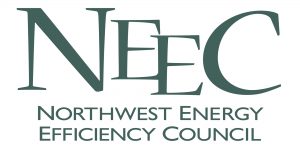By Dan York, Utilities, State, and Local Policy Program Fellow, American Council for an Energy-Efficient Economy (ACEEE)
Energy efficiency programs that were largely halted by the COVID-19 crisis have adapted significantly, but now must restructure and retool in preparation for resuming full operations.
The imperative is clear: Efficiency programs remain vital for households and businesses to reduce their energy costs, including for those bearing the highest burdens, and to cut carbon emissions.
Energy efficiency programs are not like water faucets that can be easily turned back on when they have been turned off. Well-trained workers, for instance, may find employment in other industries if their efficiency jobs are put on hold indefinitely (more than 400,000 efficiency workers filed for unemployment in March and April). Program infrastructure must be maintained so that they can regain full speed when conditions permit.
Ensuring that these programs are not permanently set back by the COVID-19 crisis will require adapting to reduce direct human contact, focus resources on the most affected communities, and closely re-examine program services.
To respond to the new realities and manage through the evolving crisis, we recommend eight ways that efficiency programs can adjust to the current situation and plan for the future…
Continue reading the ACEEE blog post by clicking HERE.
